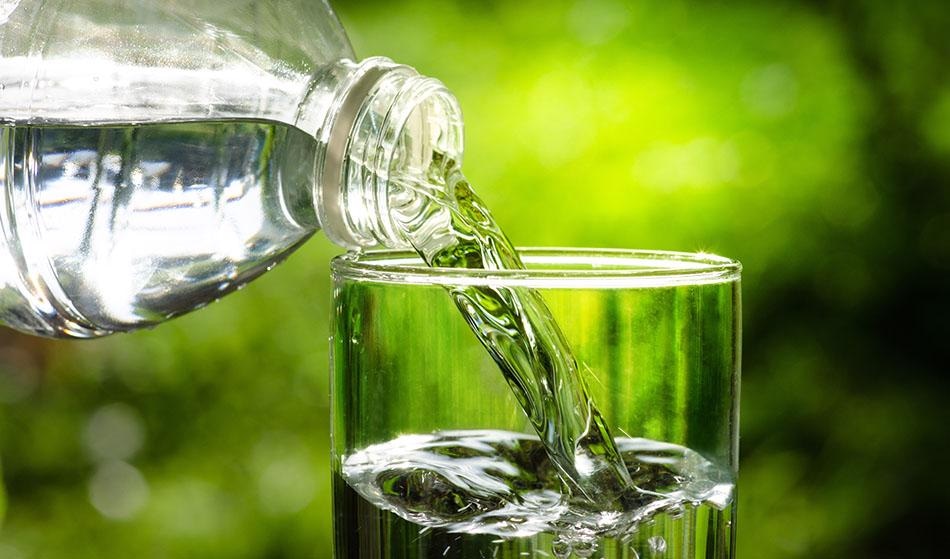
Image Credit: Singkham/Shutterstock.com
The closure of an underground mine can present serious risks of aquifer contamination as the mine’s pumps are switched off and removed. Groundwater gradually filters through the rock and water levels inside the mine recover.
The ingress of water also carries with it dissolved chemical constituents leached from the surrounding minerals, in particular, metals including iron, aluminum, and manganese in addition to other heavy metals and metalloids. Such mine wastewater is often acidic and this acid mine drainage (AMD) can contaminate natural aquifers.
Mining of base-metal sulfide deposits and coal deposits, where 1-20% of the coal may be pyritic-sulfur, exposes these minerals to oxygen and water promoting oxidation and dissolution of sulfide minerals. Microbiological factors also come in to play with iron-oxidizing bacteria, such as Gallionella ferruginea, mediating iron oxidation, and dissimilating sulfide phases.
Precipitation of metals from soluble to oxide or hydroxide forms using alkaline chemical-neutralizing reagents, e.g. lime (calcium oxide), sodium carbonate or sodium hydroxide, can be tailored to selectively remove elements like arsenic and molybdenum while flocculating reagents can be utilized to aid in the aggregation of precipitates. Using calcium-bearing reagents can precipitate sulfate as gypsum (CaSO4·H2O) but these approaches typically have high operating costs.
Another approach is to use anoxic limestone drains (ALDs) whereby the dissolved iron is retained, under anoxia, as ferrous iron and the acidic component is neutralized as the acidic mine water flows through, reacts with and dissolves a bed of limestone gravel. High ferric iron and/or aluminum contents can reduce the efficacy of the ALD through the build-up of precipitated hydroxides.
While biological processes can be a cause of AMD they can also be harnessed to remediate wastewaters and prevent contaminated water from being released into the environment and into drinking water sources. Microbiological processes that generate increases in pH include denitrification, methanogenesis, sulfate reduction, and iron and manganese reduction. As both sulfate and ferric iron are major components of AMD reduction of these species have significance in AMD treatment.
These can be promoted through passive systems such as constructed wetlands and compost bioreactors which have both been used in full-scale treatment systems. These have low maintenance costs with solids generated through remediation retained in the wetlands as opposed to treatment lagoons where ferric iron floc must be removed. However, installation can be expensive and require suitable areas of land which may or may not be available close to the mine site.
This was the case at Dawdon, County Durham, UK, where iron and chloride rich mine water from a coal mine required a new chemical treatment plant to prevent drinking water aquifer contamination. Elsewhere in the UK, at Lamesley in Tyneside, reed-bed wetlands have been successfully used to treat colliery mine water in conjunction with sewage, while at A-Winning in Derbyshire combinations of surface watercourses, used to oxidize ferrous iron to ferric oxyhydroxides, have been used together with lagoons to collect iron floc and constructed wetlands to remove further contamination. Both these projects have helped protect sources of drinking water for residents of the local areas.
Passive approaches to mine wastewater treatment that make use of natural processes without the need for active addition of chemicals are more desirable in terms of their environmental impact. However, the techniques depend heavily on the area surrounding the mine, the level of infrastructure, and severity of the risk posed by the contamination.
Sources and Further Reading
Disclaimer: The views expressed here are those of the author expressed in their private capacity and do not necessarily represent the views of AZoM.com Limited T/A AZoNetwork the owner and operator of this website. This disclaimer forms part of the Terms and conditions of use of this website.